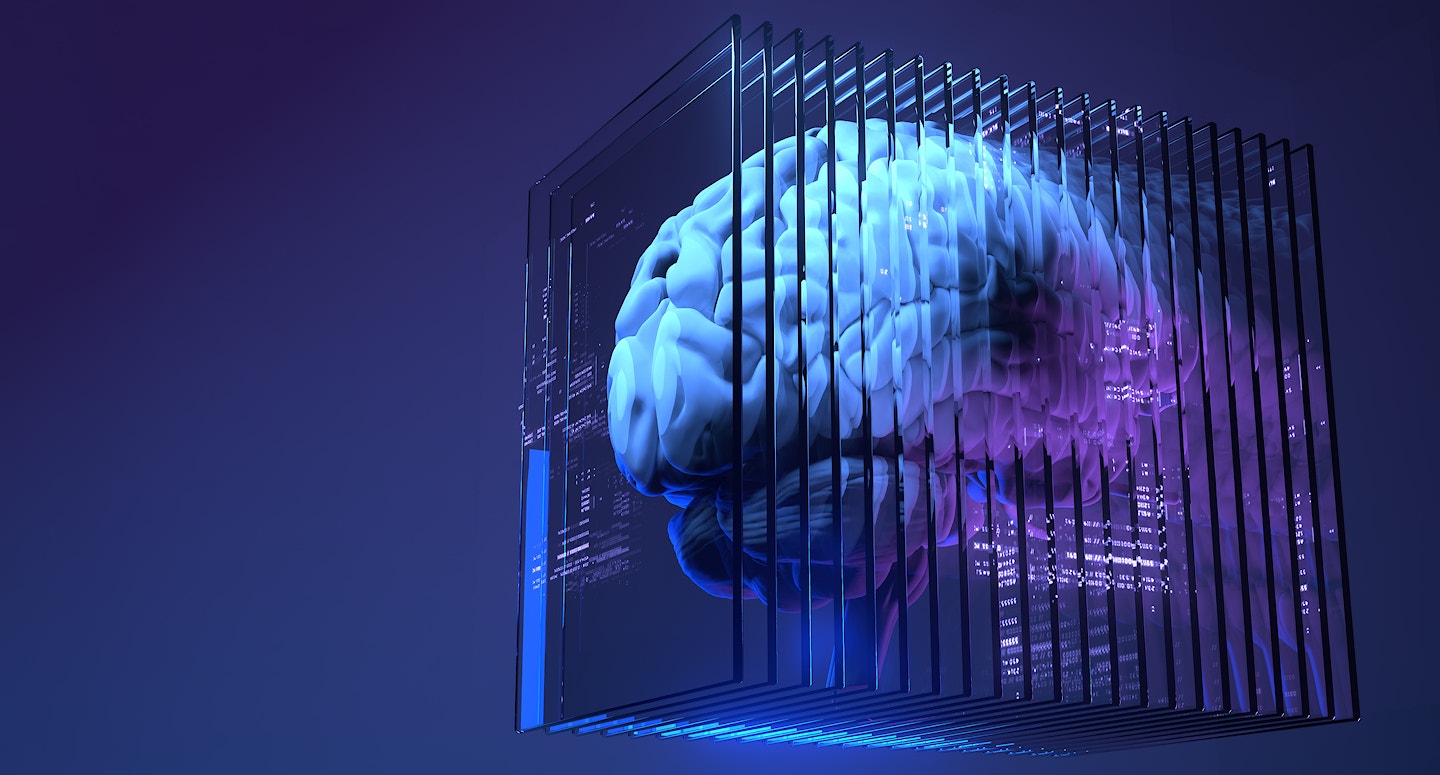The Language Revolution: Enhancing Cybersecurity with Large Language Models
Four years ago, as I was about to start college, I debated whether to pursue a career in literature or in technology; It was during a natural language processing course that I discovered language could coexist with technology. At that point, I knew I had found an intersection, a place where I could study both technology and language. When I began my cybersecurity career at Echelon Risk + Cyber, I discovered an even more interesting application of this technology: language models in cybersecurity. Then, I realized my passions are not in the vastness of technology, but in the intersections where artificial intelligence, language and cybersecurity meet.
In today's digitally interconnected world, large language models have a significant impact on our daily tasks by assisting us in content creation and automatization mundane tasks. Examples of such models include virtual assistants like Chat GPT, collaborative platforms such as Notion, GitHub Copilot for assisting programmers in coding, chatbots, and AI-driven recommendation engines.
With an attempt to surpass fiction with a dash of reality, in this article, we will explore the transformative impact of large language models in the cybersecurity domain and how it empowers companies to navigate the complex landscape of cyber threats and stay one step ahead of malicious actors.
Let’s start with the basics: What is a Transformer?
Transformers are powerful structures within deep neural networks that function as sequence models. They can interpret and generate natural language, which has the potential to transform various applications in multiple fields.
Transformers were first introduced in the paper titled "Attention is All You Need."(1). These models use self-attention mechanisms to understand the relationships between words in a sentence or context. This allows them to assign importance to each word based on its connection to others, helping them grasp the overall meaning of the text.
Transformers have opened a world of possibilities as the most complex large language model (LLM). They can generate text so convincingly that it is often hard to tell if it was written by a human or a machine. Starting from a single sentence or prompt, transformers can continue writing and end up with poems, essays, translations, short stories, and even movie scripts.
1. Vaswani, A., Shazeer, N., Parmar, N., Uszkoreit, J., Jones, L., Gomez, A. N., Kaiser, Ł. & Polosukhin, I. (2017). Attention is all you need. Advances in Neural Information Processing Systems (p./pp. 5998--6008) .
What are the benefits of a cybersecurity environment enhanced by LLM?
Large language models aren’t just for creative writing; they have a crucial role to play in cybersecurity as well. In a world where cyber threats are always present, these models can assist in advanced threat detection, analyzing text data to identify vulnerabilities, and improving incident response through context.
NLP can now understand both human language and machine-generated headers, which helps to identify indicators of phishing attempts. For instance, it can distinguish between emails written by humans and those generated by machines, analyze email structures, and detect patterns used by spammers. This greatly enhances our defenses against phishing attacks.
Unlike traditional methods, LLMs are highly effective in detecting malware by analyzing text-based data like emails and code snippets. By extracting patterns and features from textual content, they can identify suspicious behavior and classify malware. This technique is particularly useful in identifying and addressing zero-day vulnerabilities.
LLMs also play a role in exploring social media data for investigative purposes. They can analyze chat logs, emails, and other forms of communication to identify potential suspects or crucial evidence. Additionally, they can help detect plagiarism in digital documents, aiding in cases involving suspected intellectual property theft.
The integration of large language models with blockchain in digital forensic investigations enhances data analysis, representation, vectorization, and feature selection. It also ensures data security and protection against hacking and network attacks.
Unmasking LLM’s Challenges in Cybersecurity
While large language models offer many benefits, they also come with challenges in the cybersecurity context. Three key challenges are:
Biases: AI algorithms can perpetuate biases present in the data they are trained on. This can lead to biased outcomes, which is particularly concerning in cybersecurity. Biases in AI models could result in inaccurate threat detection or response that prioritize certain types of threats or attack patterns over others.
Hacking with AI: Malicious actors are increasingly using AI and machine learning for more sophisticated attacks, including advanced bots and scalable attacks.
Privacy and Data Protection: The use of NLP and AI in cybersecurity raises concerns about data privacy and protection. For example, data collected by law enforcement authorities or other entities may be misused or leaked. This infringes on individuals' fundamental human right to privacy.
As we explore the ethical implications of integrating large language models (LLMs) into various aspects of our digital lives, a significant dilemma arises in the domain of creativity. These LLMs can generate text and even visual content with astonishing realism, blurring the lines between derivative and original work. Questions about authorship and creativity are becoming increasingly complex. Is a piece of art, literature, or any creative work generated by an LLM considered a derivative product, simply a synthesis of existing human creations, or can it be labeled as truly original? This debate sparks important discussions around intellectual property, copyright, and the essence of creativity itself, prompting us to reevaluate traditional notions of authorship and artistic innovation in the age of AI.
The Bottom Line
In conclusion, combining large language models with cybersecurity presents numerous opportunities to enhance digital forensic investigations, detect malware, analyze social media data, and gain valuable insights. The advancement of large language models is helping us make significant strides in using language-based technologies to combat cyber threats and safeguard our digital world.
Moving forward, it's clear that the integration of artificial intelligence into cybersecurity is not just a distant concept but a tangible reality embedded in our daily lives. The fusion of LLMs and cybersecurity brings us closer to a science-fiction future where intelligent technologies shape our digital landscape.
By embracing cutting-edge technology, your company can stay ahead of cybercriminals, fortify the resilience of your digital ecosystem, navigate the complex landscape of cyber threats, and safeguard our digital world. It just so happens that the digital world is now the real one.
Further readings:
Richardson B. (2022) Changing Cybersecurity with Natural Language Processing. Nvidia Developer. Retrieved from: https://developer.nvidia.com/blog/changing-cybersecurity-with-natural-language-processing/
Peacock J. How NLP is Transforming Cyber Risk and Compliance. CyberSaint Security. Retrieved from: https://www.cybersaint.io/blog/ai-cybersecurity
Large Language Models in Cybersecurity. Gradient Flow. https://gradientflow.com/large-language-models-in-cybersecurity/
Iwugo Daniel. Large Language Models and Cybersecurity - What you should know https://www.freecodecamp.org/news/large-language-models-and-cybersecurity/

